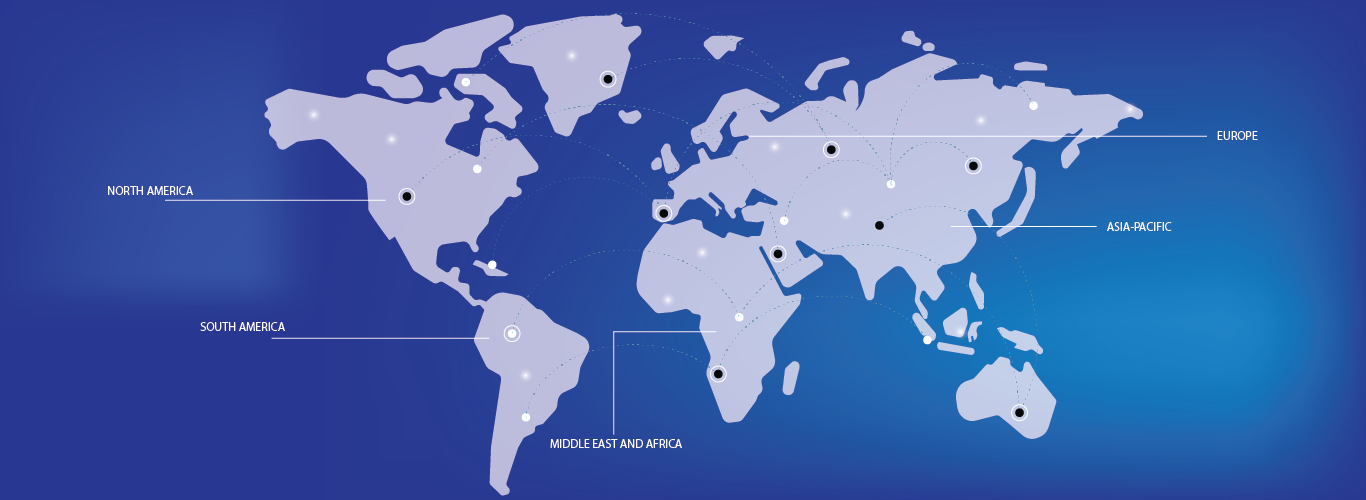The expanding e-commerce industry and current technological developments offer enormous potential to global solution providers. Companies provide solutions that can reduce the amount of time spent monitoring and managing a company's assets. One solution, inventory management software, is currently gaining significant traction. This is due to the growing popularity of online shopping and rental services. These industries rely heavily on inventory, so monitoring is critical.




